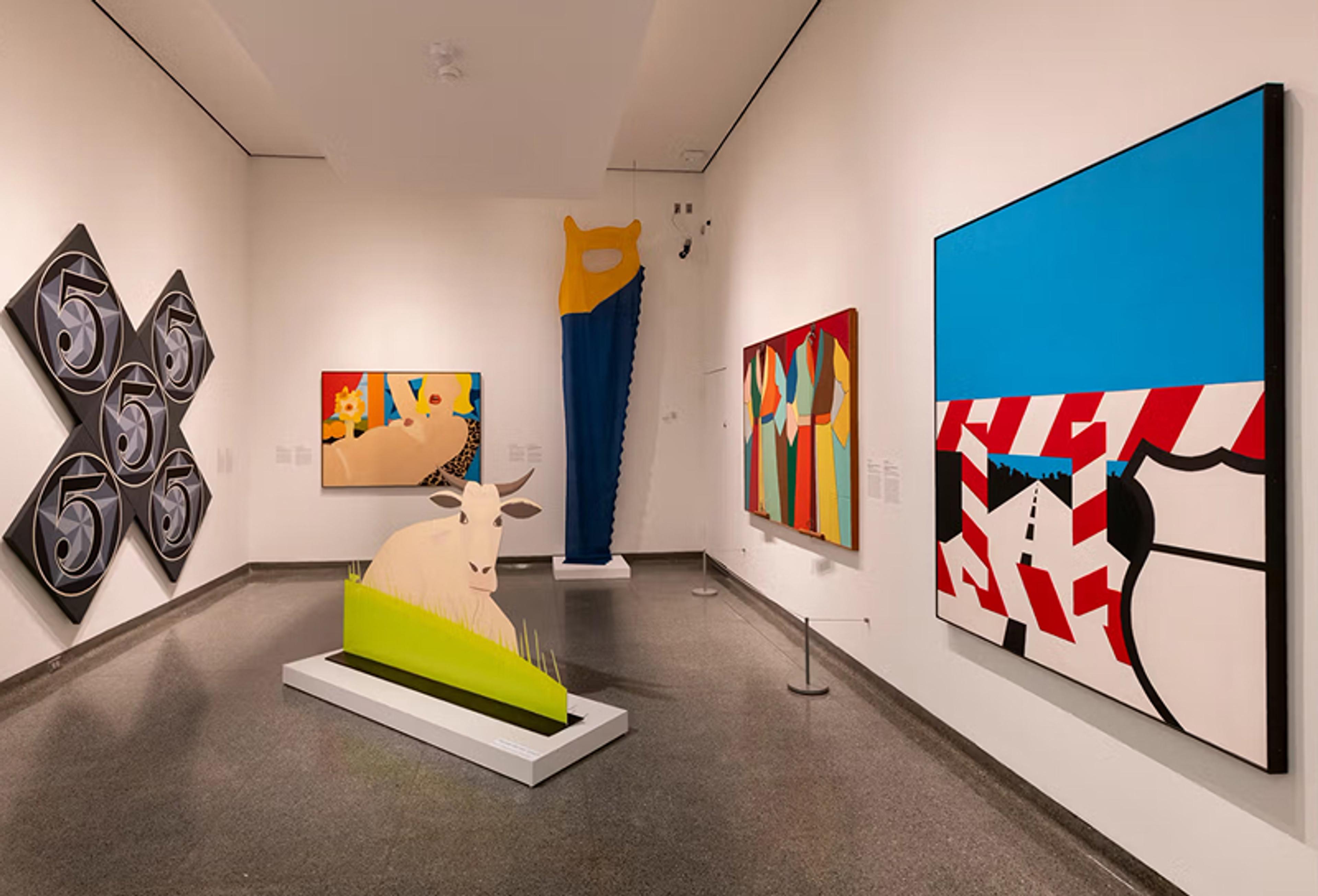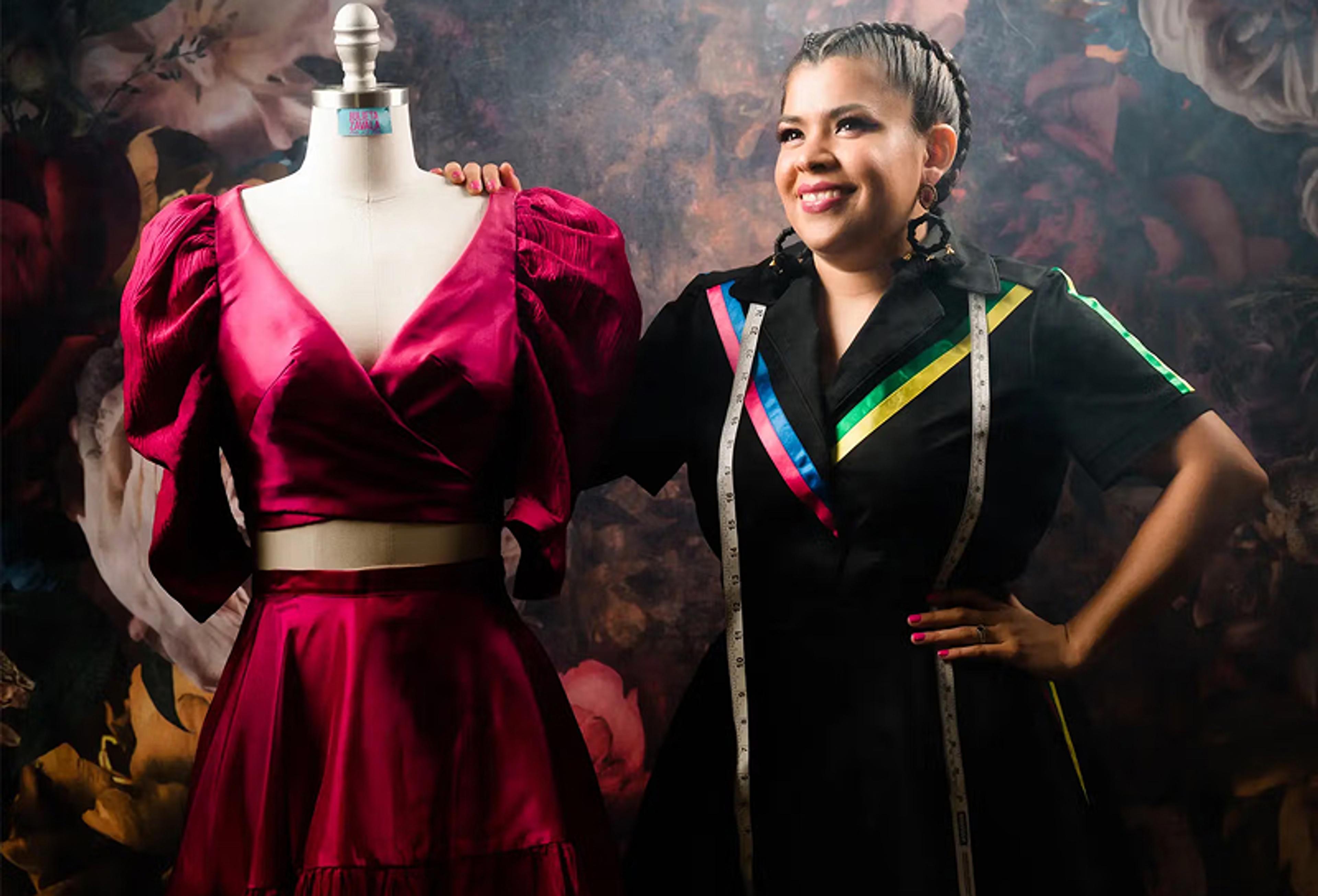In September, we celebrated a special milestone in our partnership with the Peoria Riverfront Museum —five incredible years of art sharing and community engagement!
This momentous occasion came on the heels of another project at the Peoria Riverfront Museum that we were honored to support. At the end of August, the museum debuted its latest decoy exhibition alongside 14 new hand-crafted display cases built by the Peoria Tribe of Indians in Oklahoma for its Center for American Decoys (https://www.peoriariverfrontmuseum.org/exhibits-collections/the-center-for-american-decoys). The unprecedented collaboration marked not only the first major business transaction in generations between a central Illinois entity and the Peoria Nation but also a homecoming for the city’s namesake tribe, which was forcefully removed from the state almost 200 years ago.
Having originated in the lands surrounding the Great Lakes, the members of the tribe are Illinois Indians, descendants of those who created the great mound civilizations in the central United States 2,000 to 3,000 years ago. According to its website (https://peoriatribe.com/history/), the tribe is a confederation of Kaskaskia, Peoria, Piankashaw, and Wea Indians that united into a single entity—then called The Confederated Peorias—in 1854 and only became known as the Peoria Tribe of Indians of Oklahoma in 1939.
For thousands of years, Indigenous peoples hand-crafted duck decoys from natural materials like reeds, grasses, and feathers and used them to hunt waterfowl. The trapping devices were eventually adapted by European settlers, and the wooden sculptures evolved into decorative works of fine art that even today, are meticulously carved, painted, and finished by hand. For museums like the Peoria Riverfront Museum, they are a means of telling inspiring stories about the region’s past, “teaching new generations the culture of self-reliance, creative competition and American freedom in which they were conceived.”










